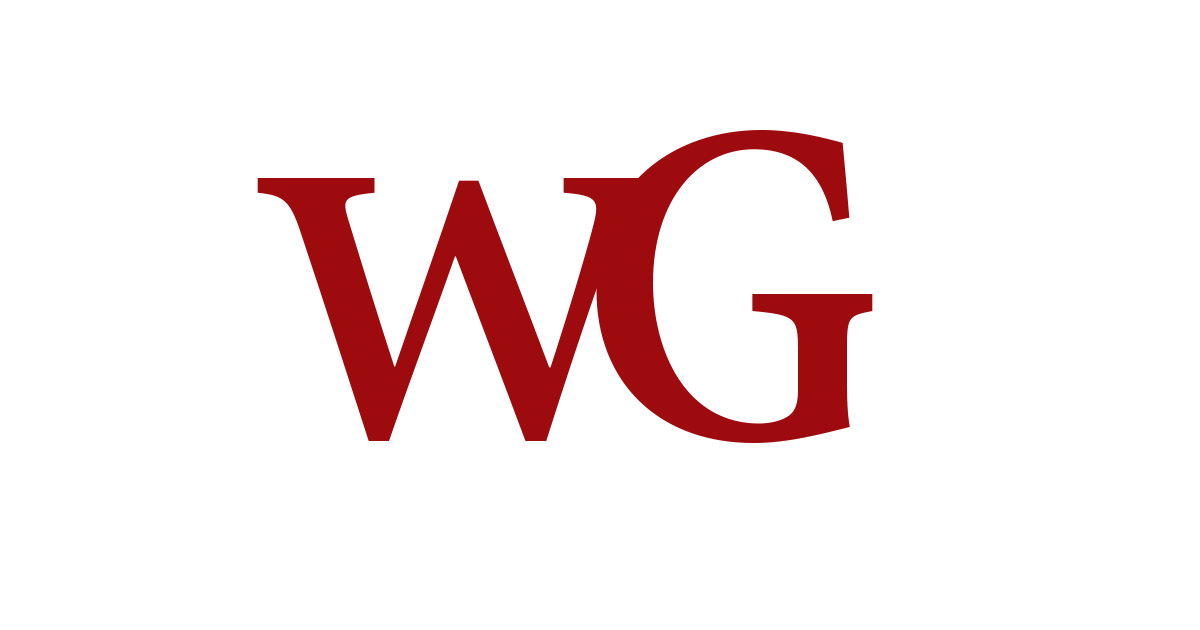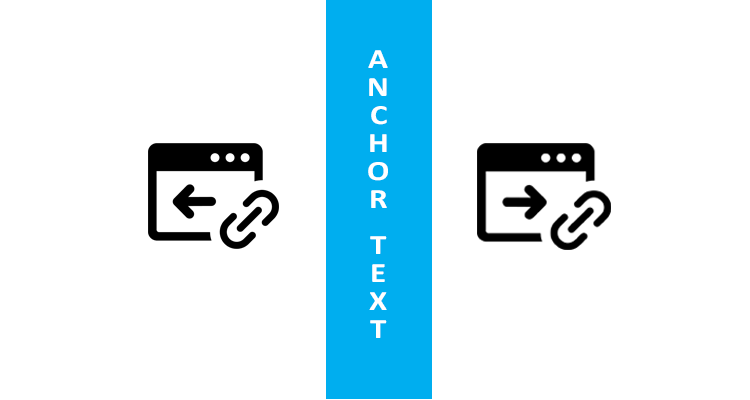What is a URL (Uniform resource locator)?
URL also called web address indicates the location of a resource(webpage, video, image, etc) on the world wide web. It also denotes how a web browser should retrieve resource information called Protocol.
Example of an Anatomy of a webpage URL:
- protocol://domain-name.top-level-domain/path
HTTPS/HTTP Protocol:
The protocol is nothing but a set of rules and guidelines for transferring data between servers and end-users.
For example, a web address like https://www.webmarketersguide.com/seo tells that that the data must be transferred securely between the server and the end-user (who has requested the resource(webpage) information).
Top-level domain:
The top-level domain tells about the category that websites fall into.
Domains ending with .com extensions are considered commercial sites. websites ending with .gov are government-run official sites. websites ending with .edu are recognized as educational sites.
What is a Slug/Part in the URL?
A slug is the part of the URL that comes after the “/”. It distinguishes each webpage from the other on the internet and it’s in a format that is easily readable by both users and search engines.
Example: https://www.webmarketersguide.com/digital-marketing-modules –> the slug here is digital-marketing-modules.
The URLs of every web page and post published on the web are unique. The website domain and the slug together form a URL of a webpage on the internet.
URL limitations:
For a safe rendering in all browsers, the length of URLs must be restricted to 2,083 characters.
SEO URL Structure Best Practice for Large and Complex Websites:
http://www.example.com/category-keyword/subcategory-keyword/primary-keyword.html
Why is URL Optimization important for SEO?
There are 2 main benefits of URLs:
Improved user experience:
URL is designed in human-readable text form replacing the numbers i.e IP addresses that computers to communicate with servers. The Anatomy of a URL consists of a protocol, domain name, and a path or slug that shows the location of a webpage folder and subfolders.
URL Optimization in SEO gives a clear and descriptive idea to humans and search engines about the content that the webpage contains.
This makes the job of search engines easy in displaying out the relevant SERPs for a user query and easy for humans to decide which SERP result to through for a better answer.
Rankings
Search engines consider URLs as a ranking factor in deciding and displaying the webpage in SERPs for a particular Query. So, try to include the targeted keyword in the URL to improve webpage search visibility.
What are the types of URLs?
URL Specifies the address(link) to its resources on a website online. These Resources can be webpages, PDF, PPT, Images, Videos, etc.
These URLs are specified in 2 different formats. They are:
- Absolute URL
- Relative URL
Both Absolute and Relative URLs are used to structure a site and link to resources. But one should know when and how to use them.
Absolute URL:
- Absolute URL contains the complete path of a resource that contains protocol, domain, directory/page path. Absolute URLs can locate a resource from anywhere on the internet and they provide much better security in terms of SEO.
BASIC STRUCTURE OF AN ABSOLUTE URL:
protocol://domain/path
- Protocol can be of following types http:// or https:// or ftp:// or file:// or gopher:// etc.
- A domain is your website address e.g.: mybusiness.com.
- The path is the location of the file in directory and sub-directories. example: wp-content/uploads/2021/11/benefits-of-content-marketing-4.png
Example of Absolute URLs:
https://www.webmarketersguide.com/wp-content/uploads/2021/11/benefits-of-content-marketing-4.png
WHY ABSOLUTE URL?
Absolute URLs provide better security and improved SEO compared to Relative URLs.
ABSOLUTE URLS ARE USED TO:
- Make it difficult for cybercriminals to clone(copy) a site and defraud their company’s customers.
- To prevent content duplication: Use of Relative URLs(doesn’t contain specified protocol) on a site can make search engines consider the HTTP://, HTTPS://, http://www, https://www versions of each page of your site as different pages which leads to content duplication issues. The use of absolute URLs prevents duplicate issues containing the specified protocol.
- Use of Absolute Helps Search Engine Crawlers in Easier indexing of your site by following internal links.
Relative URL:
The relative URL displays the location of the resource(file) in relation to your current location on the website.
Relative URLs can only be used to locate a resource if you’re on the same site.
Example:
Suppose you want to link an image called “webmarketersguide.jpg”. on a webpage.

It would internally be interpreted like the following.

The .(dot) before the “/” in the src attribute is a “special character”. It specifies the location should be started from the current directory to find the file location.
WHY USE RELATIVE URLS?
- It is better to use relative URLs when developing a site to locate resources faster and quicker for internal linking.
- The use of Shorter relative URLs helps in developing a website faster.
what is a vanity URL?
In general, it is very difficult for users to remember the URLs that are too long. This is where vanity URL comes into use.
A Vanity URL is an easily memorable customized short URL built for marketing and branding purposes from site-long URLs that are very difficult to remember.
Why Vanity URL?
These Vanity URLs are created specifically to be used on social media, email and print media, and other offline marketing promotions to make people easily remember them.
Example:
https://www.webmarketersguide.com/importance-and-uses-of-website.
Vanity URL created for above URL using Bitly:










